35mm in Fashion Photography: The Summicron M Asph v5 on M240 for Emblem
By Simon King
The 35mm focal range is popular in journalism and travel. It is seen as a mid range “all purpose” lens for those who require portability and versatility. In fact it was an ancestor of the 35mm v4 reviewed here that was used in Vietnam by Nick Ut for his famous Napalm documentary photograph, as well as Alberto Korda and Capa in their work. For a few reasons the 35mm is less renowned historically for fashion and portrait.
Fashion photographers tend to reach for lenses from the 50mm range upwards – eliminating the background, as well as flattening out features on the models. The 85 on Nikon, and 100 on Canon are contenders for most popular (in terms of the sheer quantity used by the fashion industry) – when film was still the medium of choice the Nikon 105 was considered to be the top fashion portrait lens ever produced. Longer lenses also allow for handheld shake, which (in the days before Lightroom and Photoshop) would soften the features of models, removing thin lines.
The leap downwards from 105 to 35mm in fashion use may seem vast, but in practice I’ve found its versatile function, as well as the quirks that come from things like distance from the model and bokeh, among other things, have an impact on the feel of the images, as well as the process of conducting the shoot itself. Furthermore, the advances in lens production by the pioneers at Leica leave the user with optical sharpness and quality, especially at the edges, that defeat the arguments against earlier options.
Back in June I shot for an independent fashion label, Emblem. I used the 35mm Summicron v4 on the Leica M240, but also took with the Pentax K3ii for emergencies (which I did not end up using). The shoot took place under a bridge in Shoreditch, and we were lucky to have low ISO weather. I chose the Summicron 35 because I wanted a style to reflect the quirky designs of the clothing, as well as the diverse set of models I had to work with. This was not a traditional shoot, and I did not want to meet that requirement with a traditional set-up.
The lens is much heavier than it looks for such a small piece of glass, but the balance when attached to the M240 feels perfect. It wasn’t tiring to spend a day with it over my shoulder.
Focus and aperture controls are smooth, and close enough with the rest of the system for fast adjustments (unlike longer lenses such as the 90 and 135mm which require reach); while the aperture is easy to knock out of alignment I have never had a problem with bumping the focus. On the rangefinder the frame-lines are accurate and composing is as basic as a 35mm allows.
I own the silver model of the lens, paired with the full black M, and from a fashion perspective the 35mm “looks right.” Like a graphic you would find on an Emoji – the camera becomes complete. Iconic. I also eschew the hood, which streamlines out the kit.
In use I was forced to step in close to the models in order to fill the frame and show off the clothing. I found this allowed me to be more personal with the people I was working with, than if I had been working with a longer lens.
When editing, I paid close attention to the edges and fringes of the shots, but distortion was minimal. I didn’t find any intruding elements in terms of distortion in any of my photographs at all, which is remarkable considering how close I was to my subjects.
The lens is as sharp to the Leica standard: sharp. In most of the shots here, I actually reduced clarity somewhat in order to reduce harshness in skin tones, and straight lines. The shoot utilized natural lighting, without artificial flash. I found the light intake on the lens to be fantastic, even when under the shadow of the overpass. I found I could expose correctly at f/2 and 250ths with an ISO below 400 in almost every instance.
The colour reproduction is accurate, down to small details in the folds of . I’ve added my own warmth and saturation edits to these shots, but the DNG files from the M240 were very precise, after calibrating with an on-location white balance card.
The 35mm Summicron truly lives up to its reputation as one of the most popular and best-selling Leica lenses to date. I found that in a fashion setting it handled each and every frame with the same precise draw, and friendly approach to composition, that Leica is famous for.
The 35mm Summicron v4, as well as most others in the Leica lens lineup, is available from our London store, as well as our online store where we ship worldwide.
Kindly,
Simon
@theclassiccamera
@simonking_v

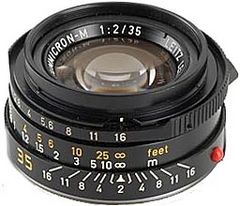
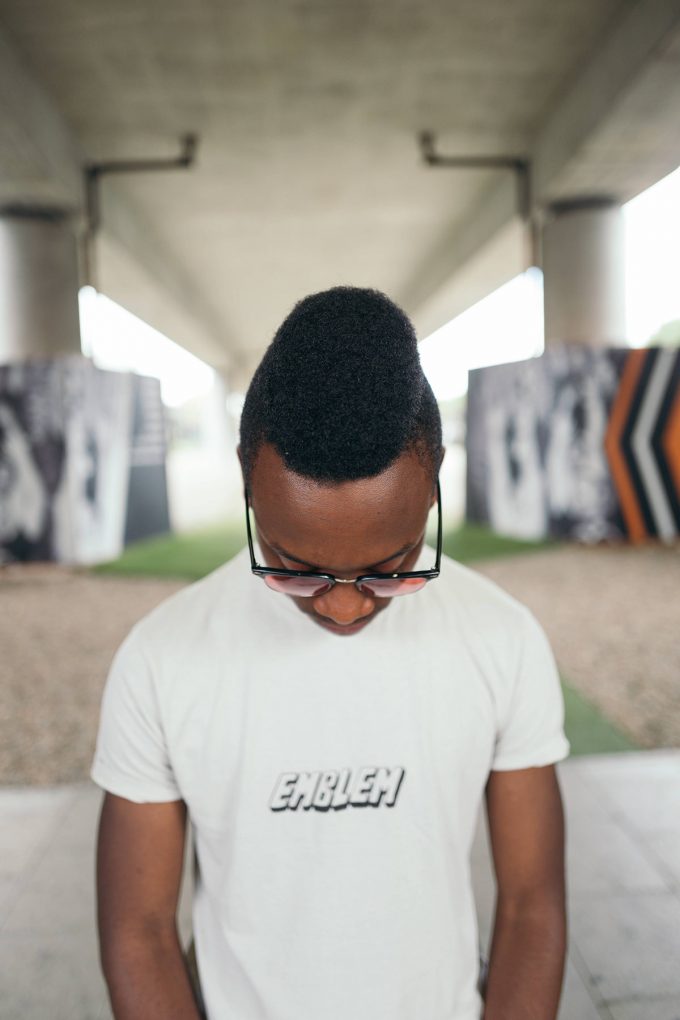

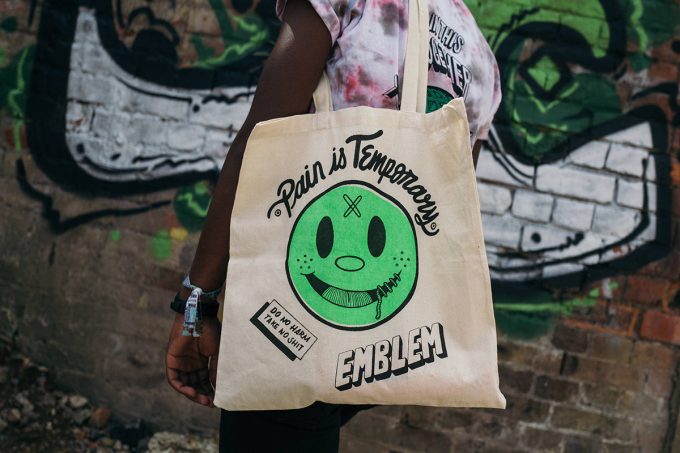
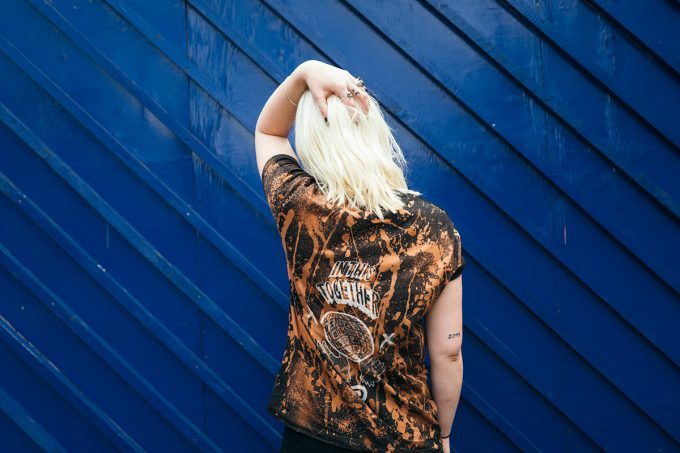
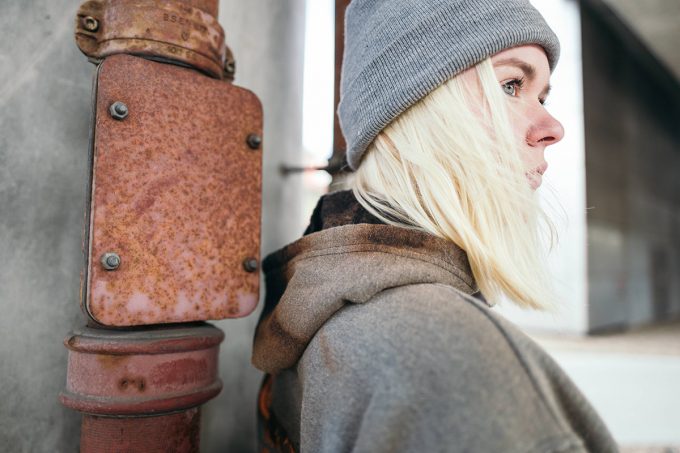
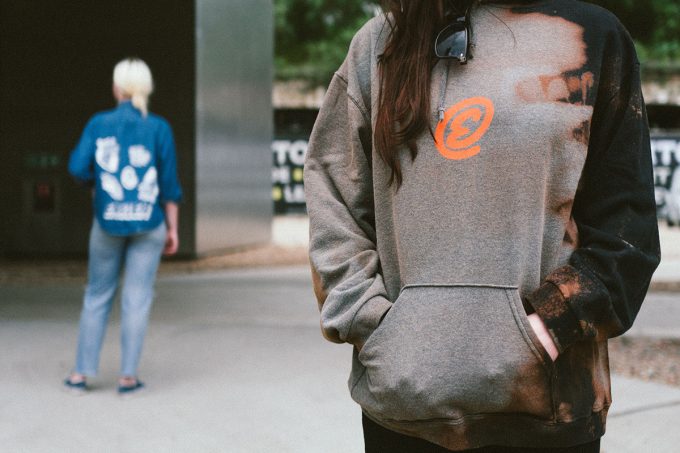
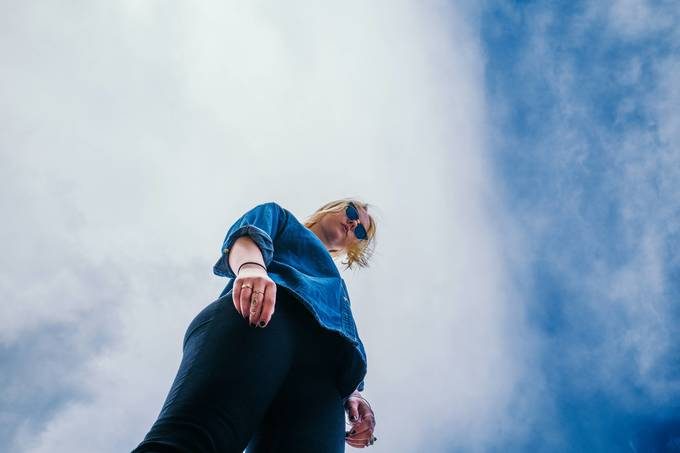
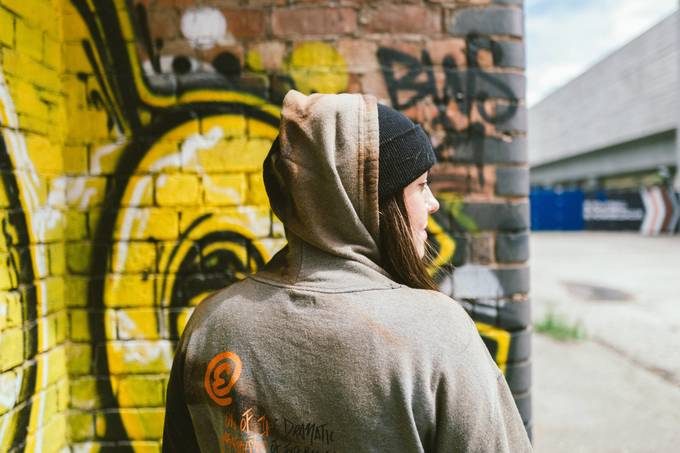

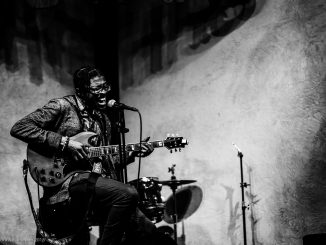
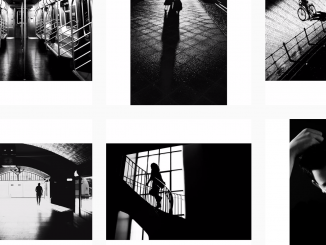

Bill Cunningham, Annie Leibovitz and Terry Richardson at least also did use 35mm exclusively.
eric, Simon has already changed the name of the article and in the comments stated that he was using a current ASPH model. I agree that they photos LOOK like they came out of a V4 but you realise that he has not provided a photo of the actual lens but only a stock image. The ASPH model is not made in Canada. The stock photo is a V4 from Canada which is not appropriate to the article and is not credited so it probably shouldn’t be used here legally or for any informational purposes.
Nice pictures. Definitely a v4 and a canadian one by what i see.
Keep up the good work.
Simon, good article just the same. No need from some others to be rude about it! Us Leica folks tend to just be know-it-all’s! Cheers!
Thank you I like the vibe from these shots so I wanted to know
This was the v5, ASPH design, in chrome. Apologies for the confusion.
You work in a classic camera store and you don’t know which version of Leica lens you are shooting with I find that similar to car salesman today who don’t know much about the cars they are selling
Is it a version 4 bokeh king or version 5 asph as a new version was just released or is it the new asph version which is kinda important when your reviewing if one of us wants to buy the lens you are reviewing could you clarify please
35mm in fashion photography was used by JeanLoup Sieff back in the sixties 😉
Yes it would be great to have confirmation of the lens type exactly. I own the v4 but only shoot film, however, the overall look and bokeh is very familiar and is very different from the ASPH version to my eye. It might just be the PP that has reduced the contrast etc too I guess.
I don’t remember ever seeing a chrome version of the v4 but it may have come out in that colour for a limited period.
Wrong. The 35 Summicron v4 is not ASPH. Your link is to the recent revision of the 35 Summicron ASPH.
I think it’s a bit confusing as to which version of the the 35 Cron you were using. The lens pictured in the top of your article is a Version IV, nicknamed the Bokeh King and made between 1979 and 1996. But this lens is not part of Leica’s ASPH line. There is no such thing as a ASPH V4. The lens in your link above, however is the Version V ASPH model which was produced from 1997 until now. These two lenses have different character and handling. I don’t think the V4 even has an aspherical element. Both lenses are excellent in their own right. If I were to guess, I’d assume you shot these photos with the V4, also known as the pre-ASPH.
Thank you!
Honestly, when I need one, I use a Cards Against Humanity card I keep in my wallet. Contemporary white balance editing software is good enough that, when shooting RAW, close enough is often good enough.
I tend to make my images slightly warmer than the camera gives me, because I like the tones.
Thank you!
It wasn’t actually a door, closer to a shipping container structure.
I definitely agree that a 35mm prime is essential to any photographer!
The lens reviewed above, and linked here:
https://en.leica-camera.com/Photography/Leica-M/M-Lenses/Summicron-M-35mm-f-2-ASPH2
does indeed feature an ASPH design.
Excellent photographs and well written article. What white balance card (if it’s a commercial item) do you use?
That’s not an aspherical lens! 😉 (as per title)
Love the photo of the model in front of the blue door.Also like the one looking upwards to the sky.
Have this lens myself.It has become a kind of compact 50mm equivalent for my M8. Use the M8 mostly for black and white.
IMHO every photographer should have a 35 or 50 prime in their kit! Many of the greats used little else.
Thanks for posting.